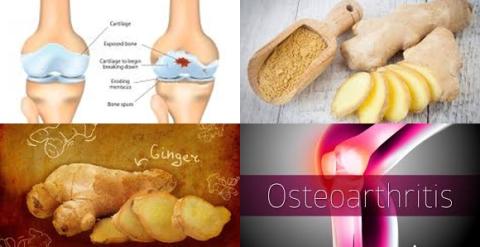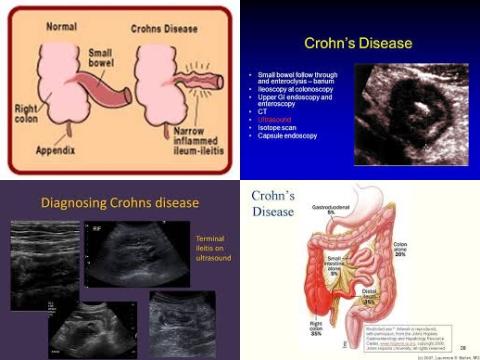500-1000 mg/day oral ginger intake reduce pain in osteoarthritis patients

Objectives:
The aim of this review article (meta-analysis) was to assess the clinical efficacy and safety of oral ginger for symptomatic treatment of osteoarthritis (OA).
Study design:
This review article included 5 RCTs with in total 593 patients.
The average age of the patients ranged from 47 years to 66 years and the percentage of women included in the studies ranged from 26% to 80%.
The dose of oral administration of ginger ranged from 500 mg/day to 1000 mg/day.
Trial duration ranged from 3 to 12 weeks.
Results and conclusions:
The investigators found compared to placebo, ginger intake significantly reduced pain [SMD = -0.30, 95% CI = -0.50 to -0.09, p = 0.005, I2 = 27%].
The investigators found compared to placebo, ginger intake showed a statistically significant reduction in disability [SMD = -0.22, 95% CI = -0.39 to -0.04, p = 0.01, I2 = 0%].
The investigators found patients given ginger were more than twice as likely to discontinue (due to adverse events) treatment compared to placebo [RR = 2.33, 95% CI = 1.04 to 5.22, p = 0.04, I2 = 0%].
The investigators concluded that 500-1000 mg/day oral ginger intake is able to reduce pain and disability in osteoarthritis patients.
Original title:
Efficacy and safety of ginger in osteoarthritis patients: a meta-analysis of randomized placebo-controlled trials by Bartels EM, Folmer VN, […], Christensen R.
Link:
http://www.oarsijournal.com/article/S1063-4584(14)01276-X/pdf
Additional information of El Mondo:
Find more information/studies on chronic diseases right here.


